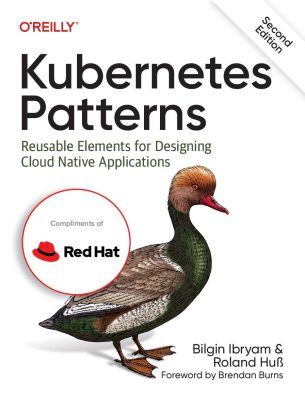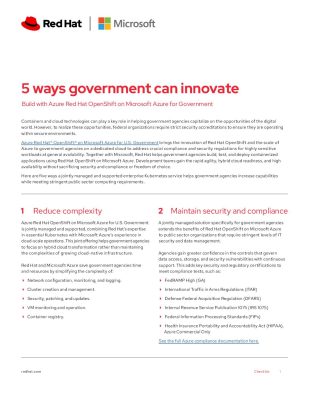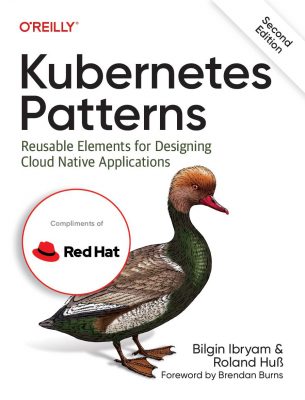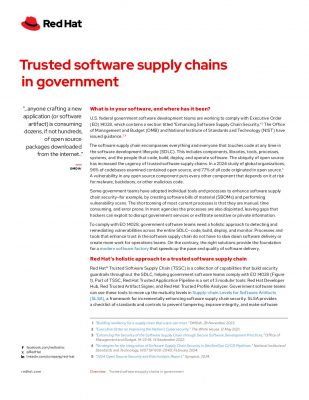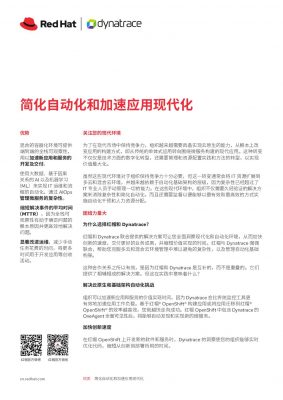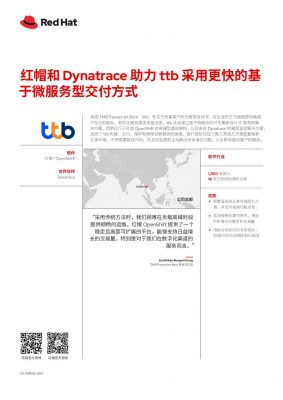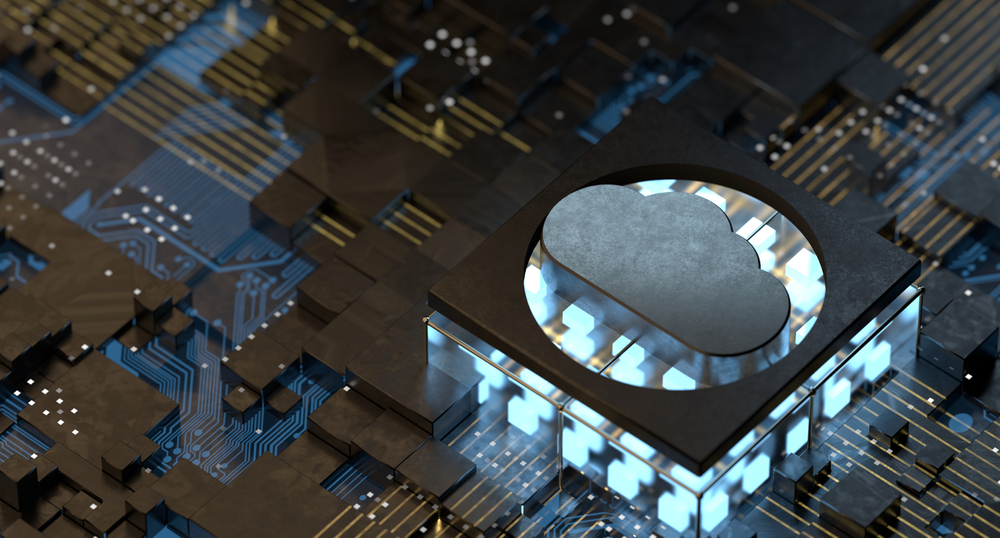Highlights:
- Graviton4 will be available in the Amazon EC2 R8g instance, enabling enhanced performance for high-performance databases, in-memory caches, and large-scale big-data analytics workloads.
- Currently, Graviton processors are available in over 150 EC2 instance types, each tailored with diverse configurations of compute, memory, and storage to meet varying customer requirements.
Amazon Web Services (AWS) has introduced Graviton4, the fourth generation of highly energy-efficient, high-performance custom chips for cloud workloads.
The Graviton family of Arm-based processors from AWS enhances performance and cost-effectiveness across a wide array of cloud computing workloads on Amazon Elastic Compute Cloud (Amazon EC2). In an interview with a leading media house, Rahul Kulkarni, AWS’s Director of EC2 product management, highlighted that Graviton4 represents a substantial advancement over Graviton3, offering 30% greater computing power, 50% more cores, and a 75% increase in memory bandwidth.
The Graviton platform debuted in 2018 with Graviton1, marking the inception of foundational technology for the EC2 platform known as Nitro. Nitro is a lightweight hypervisor enabling the virtualization of computing, storage, memory, and networking functionalities. AWS aimed to deliver a comprehensive computing platform stack, and it found success with Graviton’s arm-based architecture at that time.
Kulkarni said, “With each passing generation, we have broadened the scope of applicable workloads that fit on Graviton.” The first generation worked as a proof of concept for web applications, and generation two increased in scope for scale-out workloads, and generation three built-in floating point and machine learning capabilities and high-performance computing.
Kulkarni added, “We have all of our top 100 customers running production workloads in Graviton, and we have over 50,000 customers running Graviton in a meaningful capacity.”
Presently, Graviton processors are accessible through over 150 distinct EC2 instance types, each tailored to specific compute, memory, and storage requirements that cater to diverse customer needs. Amazon reports that they have designed, tested, and deployed over 2 million Graviton CPUs across 30 regions worldwide.
Upon release, the Graviton4 chip will debut with the Amazon EC2 R8g instance, designed to enhance performance for high-performance databases, in-memory caches, and large-scale big-data analytics workloads. The R8g instance configuration supports 8 gigabytes of memory per virtual processor and scales up to 192 processors. Kulkarni noted that this will mark the initial launch of Graviton4, with plans to extend its availability across all x86 instance families.
Major clients such as SAP Inc., Epic Games Inc., and SmugMug Inc. have already reported substantial benefits from deploying R8g instances powered by Graviton4, according to Amazon.
“The numbers that we have say we’re seeing about 25% to 35% performance improvement that varies between Graviton3 and Graviton4,” Honeycomb field Chief Technology Officer Liz Fong-Jones said in an interview. Honeycomb, a comprehensive software observability platform, adopted Graviton chips starting with Graviton2 in approximately 2021, demonstrating an early commitment to transitioning to Arm-based architecture.
Fong-Jones mentioned that transitioning from x86-based chips to Graviton significantly enhanced overall performance in terms of “tail latency” — the time taken for applications to respond to the majority of requests. With each subsequent generation of Graviton processors, handling larger workloads has become increasingly feasible.
“What we saw from Graviton2 to Graviton3 and now from Graviton3 to Graviton4 is tail latency continues to remain rock solid and performance remains very consistent. What we’re seeing is a large improvement to throughput and reduced CPU utilization to do a certain workload. This means that you can throw more workload at a given quantity of instances of the same size,” said Fong-Jones.
Kulkarni clarified that AWS cannot undergo numerous iterations with each new generation due to potential fluctuations in silicon pricing, which might lead to increased cost structures. This could impact the company’s ability to deliver cost savings to customers, a fundamental principle of the Graviton family of chips and its value proposition centered around the price-performance ratio.
